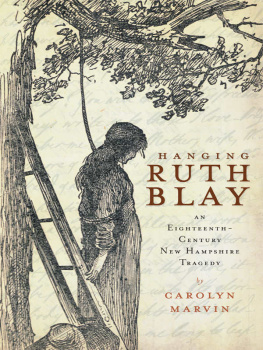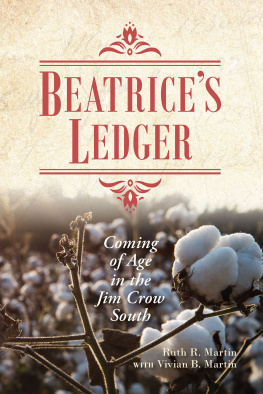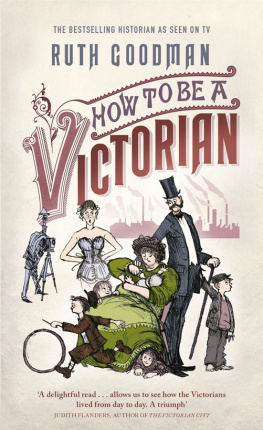

Published by The History Press
Charleston, SC 29403
www.historypress.net
Copyright 2010 by Carolyn Marvin
All rights reserved
Cover image: The author would like to clarify that the cover image does not depict Ruth herself, as no image of the actual hanging exists. The design is part of a woodcut by F.T. Merrill of the hanging of Mary Hibbs, from A Book of New England Legends and Folklore, by Samuel Adams Drake, 1874. Courtesy of the Portsmouth Athenaeum.
First published 2010
e-book edition 2012
ISBN 978.1.61423.425.8
]Marvin, Carolyn.
Hanging Ruth Blay : an eighteenth-century New Hampshire tragedy / Carolyn Marvin.
p. cm.
Includes bibliographical references.
print edition ISBN 978-1-59629-827-9
1. Blay, Ruth, 1737-1768. 2. Infanticide--New Hampshire--Case studies. 3. Trials (Infanticide)--New Hampshire--Case studies. 4. Unmarried mothers--New Hampshire--Social conditions--18th century--Case studies. 5. New Hampshire--History--Colonial period, ca. 1600-1775. I. Title.
HV6541.U62N463 2010
364.1523092--dc22
2010017201
Notice: The information in this book is true and complete to the best of our knowledge. It is offered without guarantee on the part of the author or The History Press. The author and The History Press disclaim all liability in connection with the use of this book.
All rights reserved. No part of this book may be reproduced or transmitted in any form whatsoever without prior written permission from the publisher except in the case of brief quotations embodied in critical articles and reviews.
Dedicated to the memory of Ruth Blay; her mother, Lydia Chase Blay; and all women who suffered the injustice of a biased justice system.
CONTENTS
PREFACE
The story of Ruth Blay first caught my attention while cataloguing one of the nineteenth-century accounts of her hanging and discovering that our holdings at the Portsmouth Athenaeum also included a photocopy of the published broadside The Declaration and Confession of Ruth Blay. Upon reading that poignant document, which says so much while leaving so much unanswered, I felt such outrage at her fate that I felt compelled to discover the details of her case. More importantly, I wanted to uncover the real flesh-and-blood woman who had suffered the ultimate punishmentto understand Ruth as a woman of her time and give her back her voice.
Over the past three years, I have revisited Ruths eighteenth-century New Hampshire in books, places, primary source documents and yes, in my imagination, for while I have learned much, much remains open to speculation. Attempting to trace the life of an ordinary, unmarried eighteenth-century woman is a daunting task, even when she met with an extraordinary end.
New Hampshire today remains one of two New England states (the other being Connecticut) that still has the death penalty on the books. The pros and cons are being weighed even as I write this, and a life hangs in the balance. Infanticide, unwanted pregnancies, abortionthe crimes of women; all of these remain controversial issues. If, indeed, we are to learn from the past in order not to repeat its errors, we must view history as a continuum rather than a group of events assigned to a particular span of time. Errors as well as glories tend to repeat themselves, and while history is often defined by events, it is lived by individualsindividuals like Ruth Blay.
Portions of this book were previously published in the spring 2009 issue of Historical New Hampshire as the article The Hanging of Ruth Blay, December 30, 1768: Separating Fact from Fiction.
ACKNOWLEDGEMENTS
The author would like to acknowledge the following people for their encouragement and support: D-B Garvin, editor of Historical New Hampshire, for her ongoing help in getting Ruths story told; Patti Craig, Deb Child and Courtney MacClachlan, for their encouragement, for joining me on field trips and for reading and commenting on the work in progress; Thomas Hardiman, for enduring multiple versions of the book and offering wise commentary; Susan DeGaia, for reading the text and for her kind remarks; Dennis Robinson, for introducing me and my subject to the press and publisher; Andrew Leibs, for his friendship and support through crises of confidence; and friends and family, for their yes you can attitude.
Introduction
THE END
Redeem the misspent life thats past,
Live each day as if it were thy last.
Then of thy talents take great care,
For the last day thyself prepare.
1767
Standing on the high ground in the northwest corner of the old South Cemetery, I look across the small pond below to catch glimpses of the salt waters of Little Harbor. The weather is cold but clear, and there is no forgiving cover of snow to soften the edges of the granite gravestones and the stubbled brown earth. It is December in the twenty-first century, but it is not difficult for me to summon up a vision of the area as it would have looked that day some 240 years ago when a thirty-one-year-old woman named Ruth Blay was brought here to be hanged.
On Friday, December 30, 1768, Ruth arrived at this same spot and faced in the same direction as she approached the gallows erected for her execution. With no headstones and few trees, there would have been a clear view to the harbor and open sea. Mercifully, that December was also milder than most, and the six inches of snow that fell on December 22 melted and was followed by above-freezing temperatures and rain. Not yet a cemetery, the land owned by the South Church was used as pasture and a military training ground. Farmer Samuel Hall, whose land abutted the field, was angered as the crowds trampled his stone walls to get to the site. The scaffold had been erected at the highest point of the land, and Hall would later seek, but be denied, recompense for the destruction that had been done by the crowds as they clambered or rode over his walls to position themselves as close as possible.

The north side of the pond in South Cemetery, Portsmouth, New Hampshire, taken from Gallows Hill. Minus the trees and headstones, this would have been Ruths last wordly view. Photograph by Anthony Leibs.
People from Portsmouth and the surrounding towns would have risen early to attend the hanging scheduled to occur between the hours of ten and twelve. Imagine the curiosity seekers gathering on the hill to witness the hanging, jostling one another to better their view. Men, women and even children were there. Executions were well-attended eventscautionary theatre to warn the young of the dire consequences of flaunting the laws of God and king and entertainment of a macabre sort for others. And so they came, thousands of them according to reports, to witness the hanging of Ruth Blay.
Ruth spent her last dark evening at the prison that had been her home for more than five months, preparing a written statement witnessed by three persons. It is impossible not to feel saddened at the thought of her sheer exhaustion and despair, particularly on the eve of her execution. Then, with the first light on the morning of her last day, terror must have flooded her being. We have only hints at what she wore or how she behaved. While dressing wellas brides of Christ, not uncommon for women who were publicly executedwhether Ruth dressed in silk, as mid-nineteenth-century retellings declare, cannot be verified.
Next page











